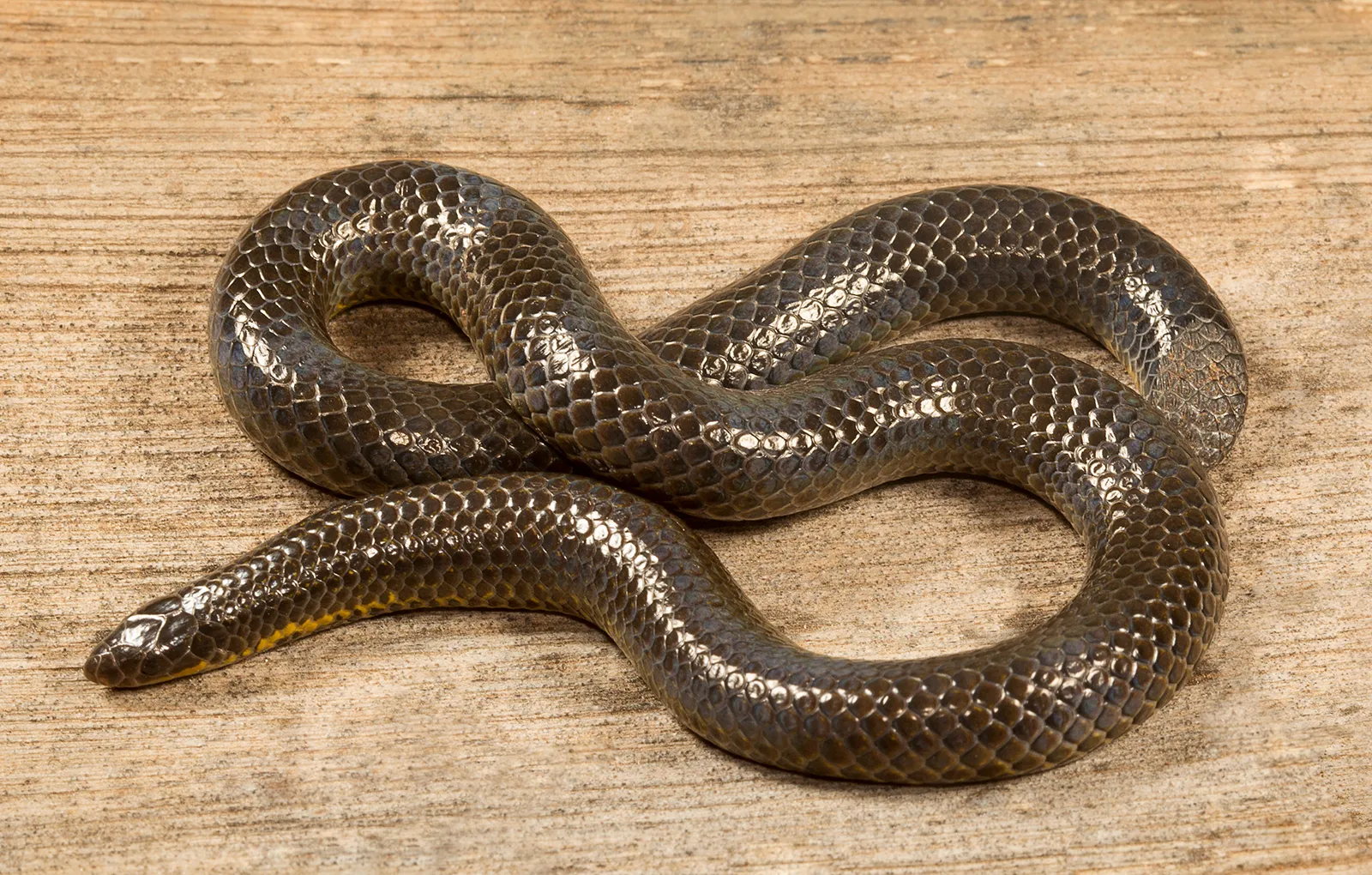In the hidden world beneath our feet, snakes have evolved remarkable adaptations that allow them to navigate and inhabit subterranean environments. One of the most fascinating of these adaptations is the ability of certain snake species to use their tails as anchors when burrowing underground. This specialized behavior enables these reptiles to move through soil with surprising efficiency, escape predators, hunt prey, and create secure shelters. Unlike their surface-dwelling relatives, who primarily use their tails for balance or communication, these underground specialists have transformed their posterior appendages into powerful tools for subterranean living. The following exploration reveals how this extraordinary adaptation works and why it represents one of nature’s most ingenious solutions to the challenges of life below the surface.
The Evolution of Burrowing Adaptations
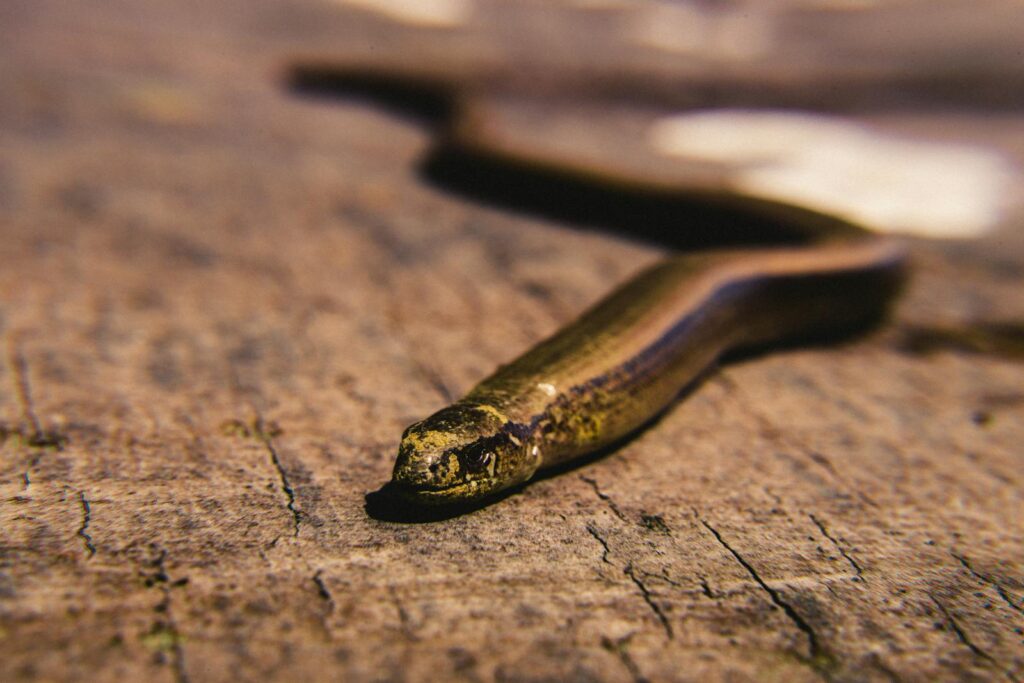
The ability to use tails as underground anchors didn’t develop overnight but evolved over millions of years as certain snake lineages adapted to subterranean lifestyles. This evolutionary journey began when ancestral snakes started spending increasing amounts of time in loose soil or sand, gaining advantages in hunting or protection. As natural selection favored individuals with traits better suited for digging, their bodies gradually transformed, with tails becoming shorter, more muscular, and often developing specialized scales or structures. The fossil record reveals that these adaptations became increasingly specialized in multiple snake lineages independently, demonstrating convergent evolution in response to similar environmental pressures. Today, we see the results of this lengthy evolutionary process in the diverse array of burrowing techniques employed by modern fossorial (burrowing) snake species around the world.
Anatomy of an Anchor: Specialized Tail Structures

The tails of burrowing snakes exhibit distinct anatomical features that enhance their anchoring capabilities. Many species possess tails that are noticeably blunt or rounded at the tip, creating an effective pushing surface against soil. The vertebrae within these specialized tails are often modified, featuring expanded neural and hemal processes that provide attachment points for powerful muscles. The scales covering these tails frequently differ from those on the rest of the body, sometimes featuring enlarged, thickened, or keeled scales that increase friction against tunnel walls. In some particularly specialized burrowers like shield-tailed snakes (Uropeltidae), the tail ends in a flat, shield-like structure covered with rough, spiny scales that functions remarkably well as both a digging tool and an anchoring device. These anatomical specializations work together to transform the tail into an effective underground anchoring system.
The Mechanics of Underground Anchoring
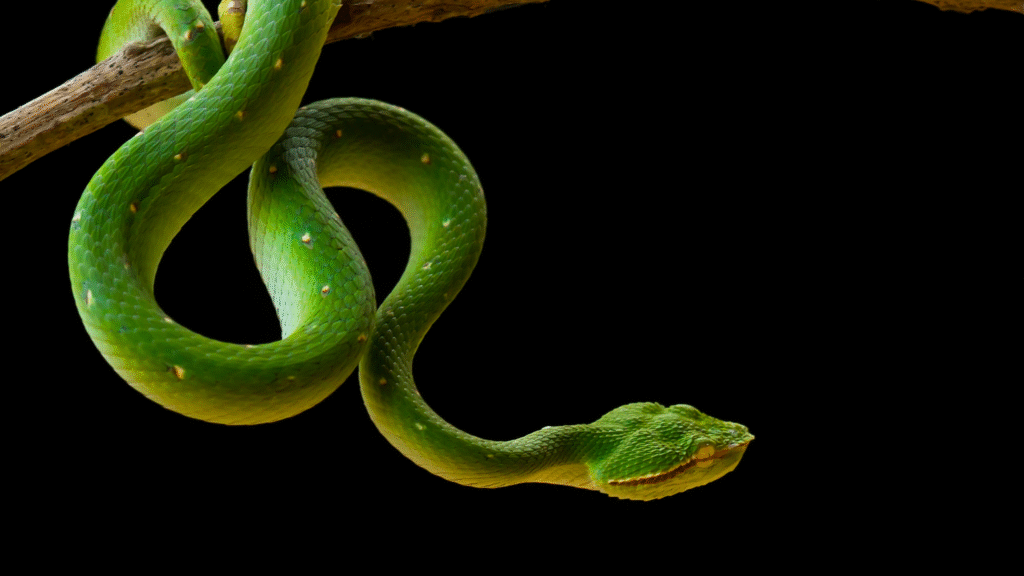
The process by which snakes anchor themselves underground involves sophisticated biomechanics. When a burrowing snake needs to establish an anchor point, it typically curves its tail into a hook or J-shape, pressing the specialized tail scales against the surrounding substrate. This creates significant friction through the interaction between the textured scales and soil particles. The snake can then contract its powerful trunk muscles, pushing forward while the tail remains fixed in position, effectively pulling the body through the soil like a rope being drawn through a pulley. Some species can rapidly alternate between anchoring and releasing, creating a rhythmic movement that efficiently propels them through loose substrates. The precise control these snakes maintain over their tail muscles allows them to adjust anchoring pressure according to soil density and composition, demonstrating remarkable adaptability to changing underground conditions.
Sand Boas and Their Anchor Tails
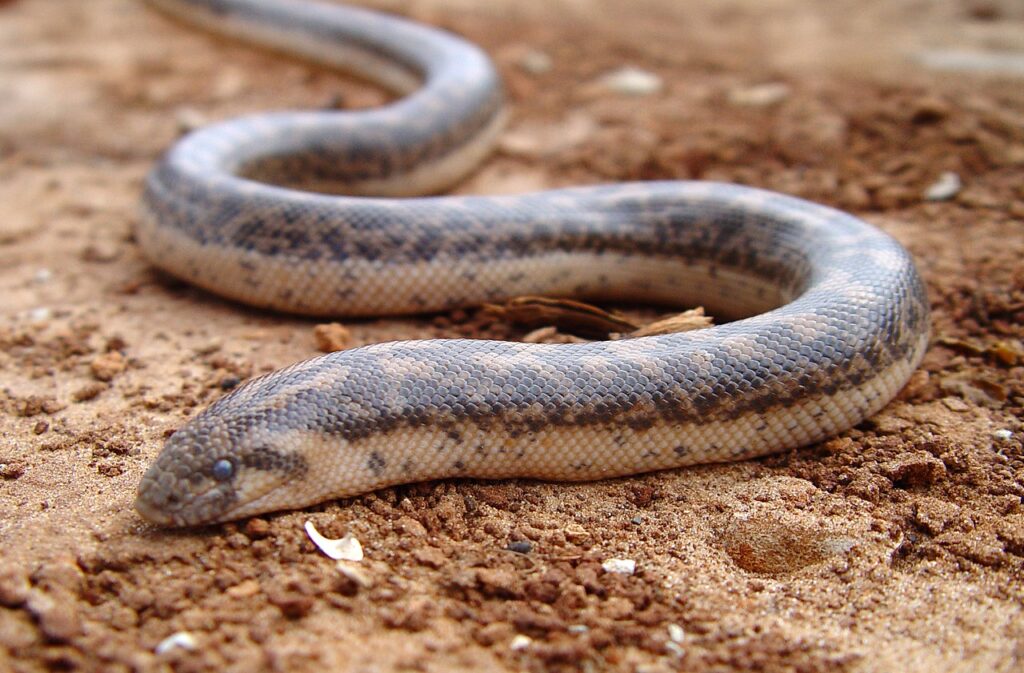
Sand boas (genus Eryx) represent some of the most accomplished tail-anchoring specialists in the snake world. These stocky, muscular snakes inhabit arid regions across Africa, the Middle East, and parts of Asia, where they spend much of their time buried in loose sand. Their tails are distinctively short, blunt, and often barely distinguishable from their heads, creating confusion for predators but serving perfectly as sand anchors. When hunting, sand boas bury themselves with just their eyes exposed, using their tails as anchors deep in the sand to maintain position while waiting for prey. Once a small mammal, lizard, or other suitable prey item passes by, the sand boa launches upward, grabbing the prey while its anchored tail provides the necessary leverage to overcome the resistance of the sand. This specialized hunting technique would be impossible without their tail-anchoring adaptation, making it central to their ecological niche.
Shield-Tailed Snakes: Masters of Tail Anchoring
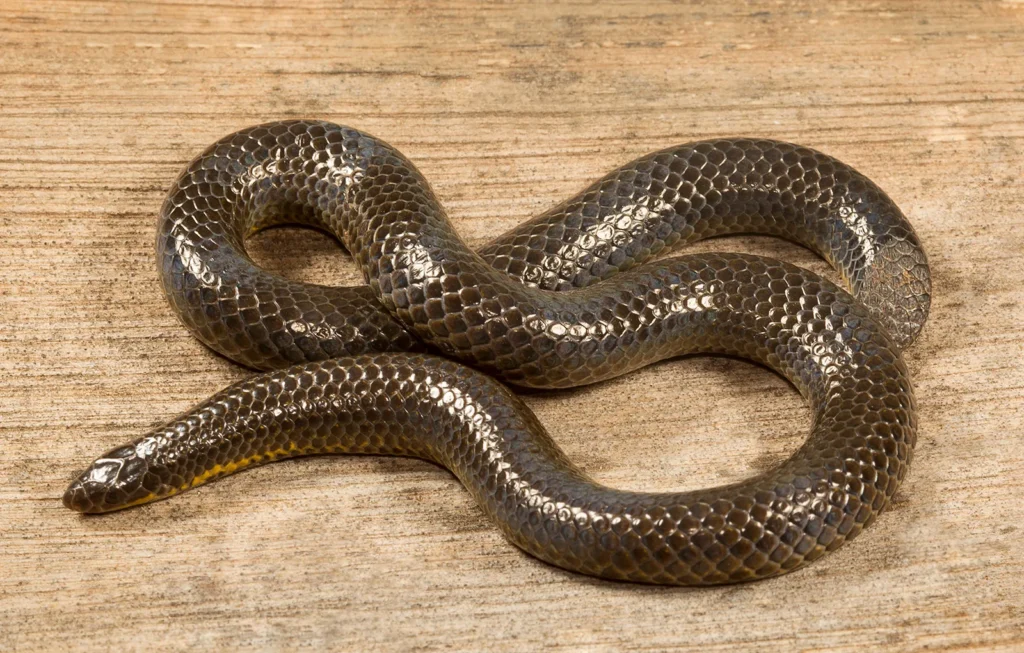
The family Uropeltidae, commonly known as shield-tailed snakes, represents perhaps the most extreme example of tail specialization for underground anchoring. Native to the Western Ghats of India and the highlands of Sri Lanka, these small, iridescent snakes possess tails that terminate in distinctive disk-like shields covered with rough, keeled scales. This shield serves multiple functions, working as both a digging tool and an extremely effective anchor when wedged against tunnel walls. When threatened, shield-tailed snakes can rapidly burrow tail-first into soil, using their head to push forward while the tail shield anchors against the tunnel walls, allowing for surprisingly quick escape. Their entire body morphology is adapted for this burrowing lifestyle, with smooth, overlapping scales that reduce friction when moving forward but catch on the soil when pushed backward. Some species can use their anchored tails to completely seal their tunnel entrances, providing protection from predators and maintaining humidity in their microhabitat.
Blind Snakes and Their Subterranean Lifestyle
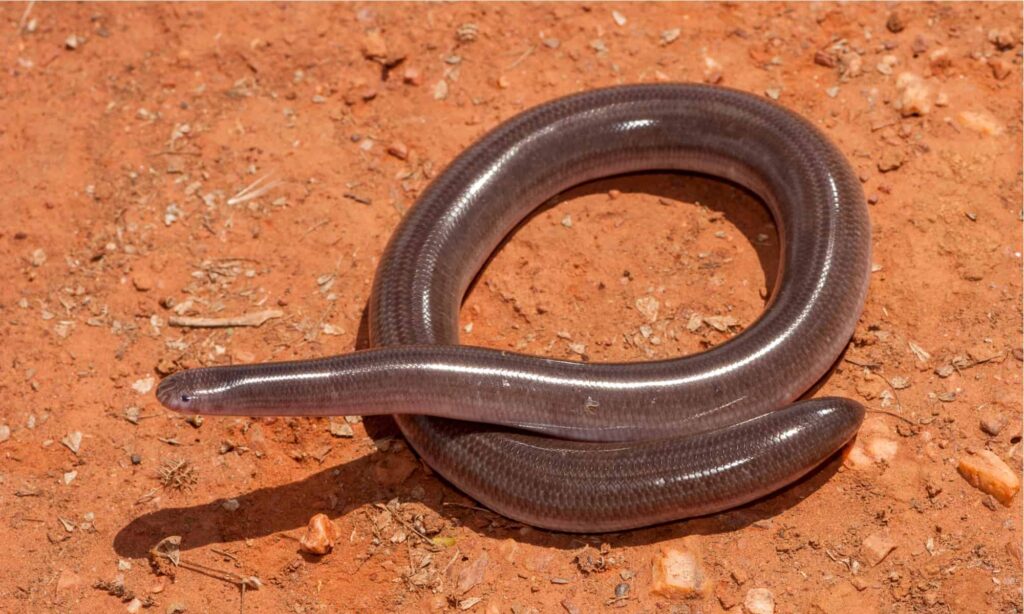
Blind snakes (families Typhlopidae, Leptotyphlopidae, and Anomalepididae) are among the most specialized burrowing serpents, with tail anchoring being a crucial part of their underground existence. These small, worm-like snakes possess reduced eyes covered by scales, smooth bodies for easy forward movement, and specialized tails that often feature a small spine at the tip for improved anchoring capability. When navigating through soil, blind snakes push their heads forward, then anchor their tails to prevent backward slipping, allowing them to make effective progress through even compacted substrates. Their diet primarily consists of social insects like ants and termites, which they locate by following chemical trails underground, using their tail anchors to maintain position while feeding within insect nests. Remarkably, despite their diminutive size (many species are less than 30 cm long) and seemingly simple morphology, blind snakes have successfully colonized tropical and subtropical regions worldwide, demonstrating the effectiveness of their tail-anchoring adaptation.
Pipe Snakes: Unique Backward Burrowers
Pipe snakes (family Cylindrophiidae) from Southeast Asia have evolved a distinctive approach to underground movement that relies heavily on tail anchoring. Unlike many burrowing snakes that dig headfirst, pipe snakes often burrow backward, using their specialized tails as the primary digging implement. Their tails are short and blunt, often featuring distinctive coloration that mimics their heads, creating confusion for predators. When burrowing backward, pipe snakes use their tails to push against the soil while simultaneously anchoring themselves with specialized ventral scales, creating efficient movement without the need to excavate large amounts of soil. This backward burrowing technique allows pipe snakes to quickly disappear into the ground when threatened, a behavior that would be impossible without their specialized tail structure and anchoring abilities. Their evolutionary adaptations highlight the diverse solutions that have emerged to the challenges of subterranean locomotion.
The Role of Tail Anchoring in Predator Avoidance

For many burrowing snakes, tail anchoring serves as a crucial defense mechanism against predators. When threatened, these snakes can rapidly retreat into their burrows, using their anchored tails to prevent predators from pulling them out. Some species have developed specific defensive postures where they form a tight coil underground with their tail firmly anchored, making extraction by predators extremely difficult. Certain burrowing snake species even possess tails with bright warning coloration or patterns that they display when threatened, while keeping their vulnerable heads safely underground and anchored in place. The effectiveness of this defense strategy is evidenced by the fact that many burrowing snake species exhibit extremely long lifespans in the wild, protected from predation by their ability to quickly secure themselves underground. This predator avoidance strategy represents one of the primary evolutionary drivers behind the development of tail anchoring adaptations.
Moisture Regulation and Tail Positioning
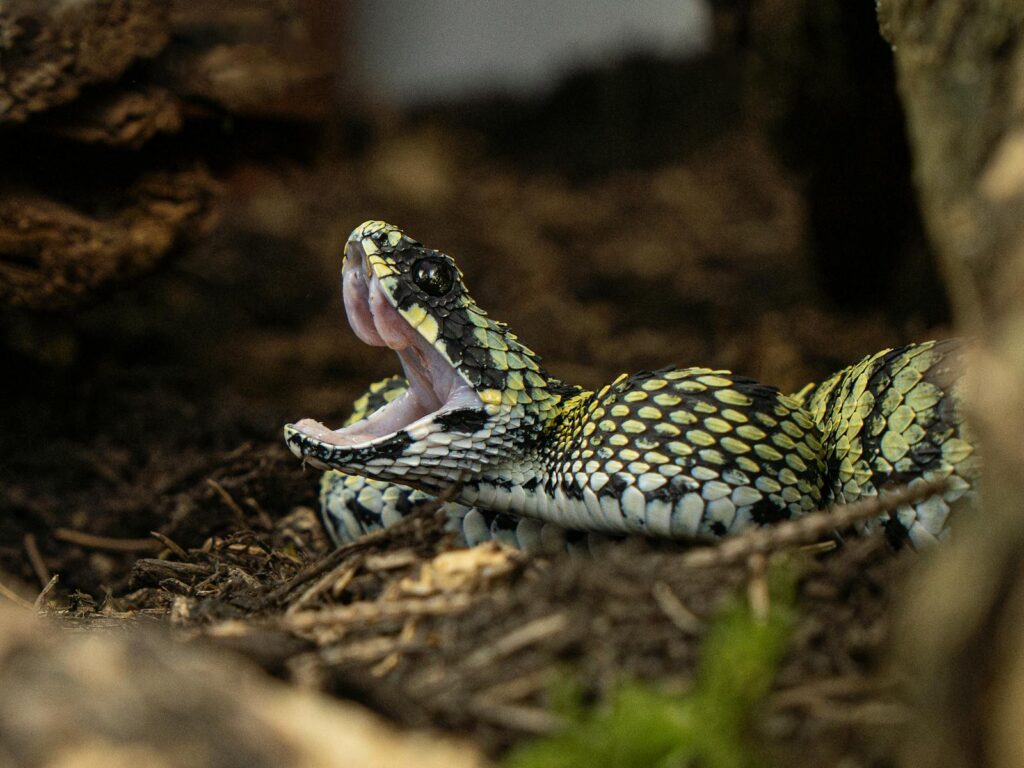
Beyond movement and defense, tail anchoring plays a surprising role in how burrowing snakes regulate their exposure to moisture in the soil. Many burrowing species inhabit regions with seasonal rainfall or variable soil moisture levels, requiring them to adjust their position in the soil column to maintain optimal hydration. During drier periods, these snakes can anchor their tails near the surface while extending their bodies deeper into the soil, where moisture levels remain higher. Conversely, during periods of excessive rainfall when soils become waterlogged, they can anchor deeper while keeping their heads closer to the surface to avoid drowning. This positional flexibility, made possible by their tail anchoring abilities, allows these snakes to effectively regulate their exposure to soil moisture throughout seasonal changes. Some species have even been observed using their anchored position to create small air pockets in their burrows during flooding events, demonstrating the remarkable versatility of this adaptation.
Tail Anchoring and Reproductive Strategies
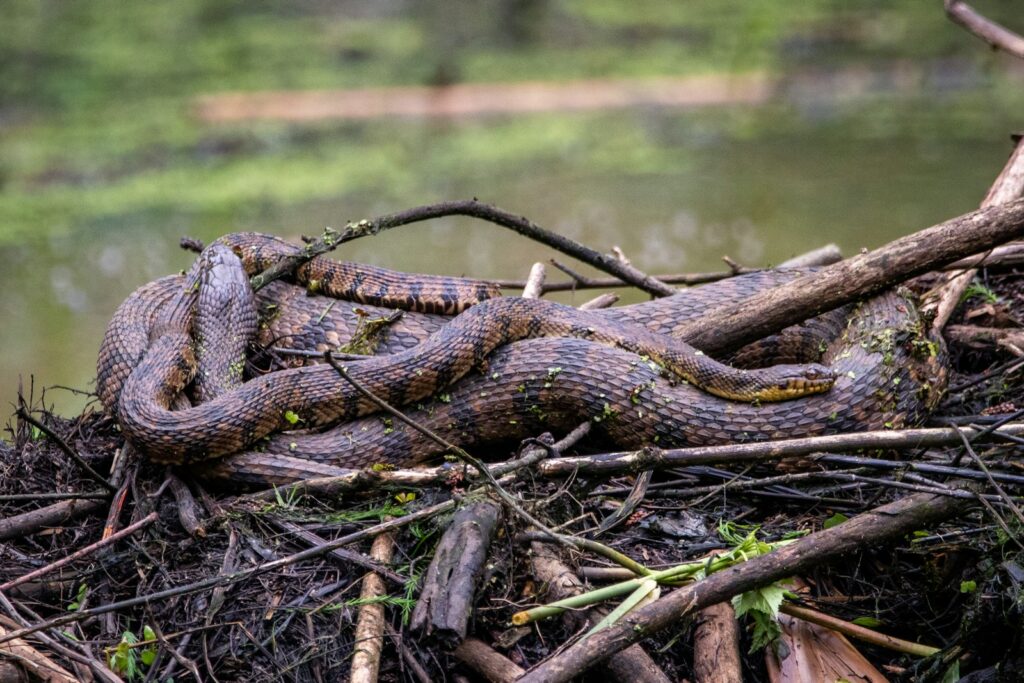
The tail anchoring capabilities of burrowing snakes play a significant role in their reproductive behaviors and success. During mating, male burrowing snakes often need to maintain position alongside females in narrow tunnels, using their tails as anchors to prevent being displaced by competing males or by the female herself. For egg-laying species, females frequently use their anchored tails to help maintain position while excavating specialized nesting chambers underground, providing control and leverage during this crucial process. In viviparous (live-bearing) burrowing species, pregnant females often anchor themselves at specific depths that provide optimal temperature and humidity for embryonic development, adjusting their position as environmental conditions change. This reproductive application of tail anchoring directly contributes to the successful perpetuation of these specialized snake species across generations, highlighting its importance beyond mere locomotion.
Comparative Analysis Across Snake Families
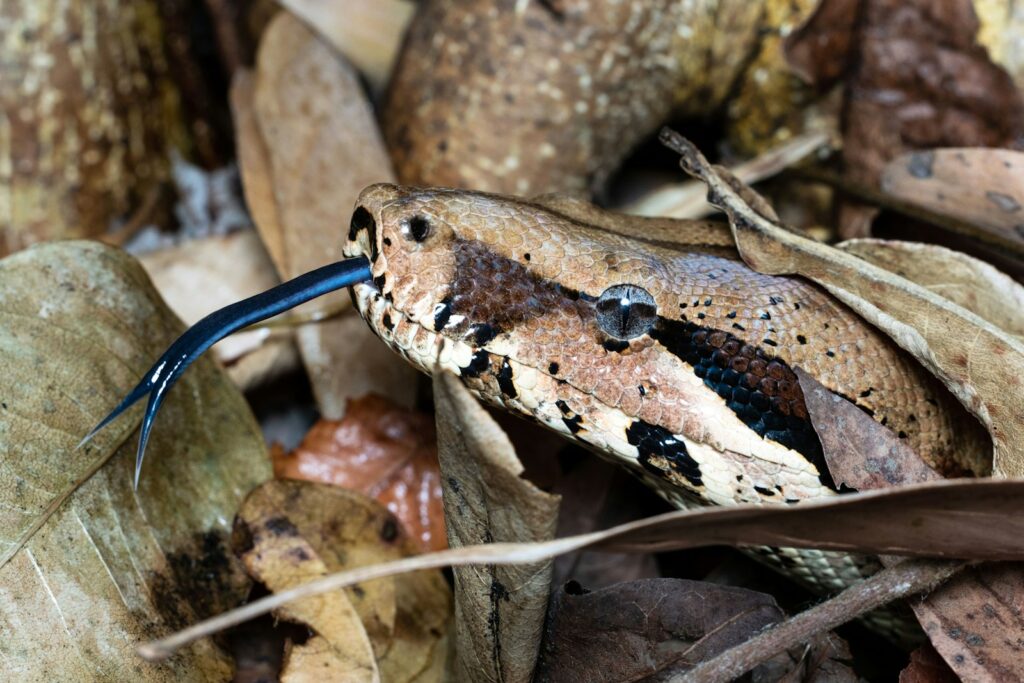
The ability to use tails as underground anchors has evolved independently in multiple snake lineages, creating fascinating opportunities for comparative study. Researchers have noted significant differences in anchoring techniques between families like Uropeltidae (shield-tailed snakes), Typhlopidae (blind snakes), and Boidae (including sand boas), each developing unique solutions to similar challenges. Shield-tailed snakes rely on their specialized tail shields, while blind snakes use small terminal spines, and sand boas leverage their entire thick, muscular tails. These variations reflect different evolutionary pathways influenced by factors such as local soil types, available prey, and predator pressures in their respective environments. Notably, the most extreme tail specializations tend to appear in species that spend nearly their entire lives underground, while those that occasionally venture to the surface maintain more moderate adaptations. This pattern of convergent yet distinct evolution provides valuable insights into how environmental pressures shape morphological adaptations over time.
Ecological Impact of Burrowing Snakes
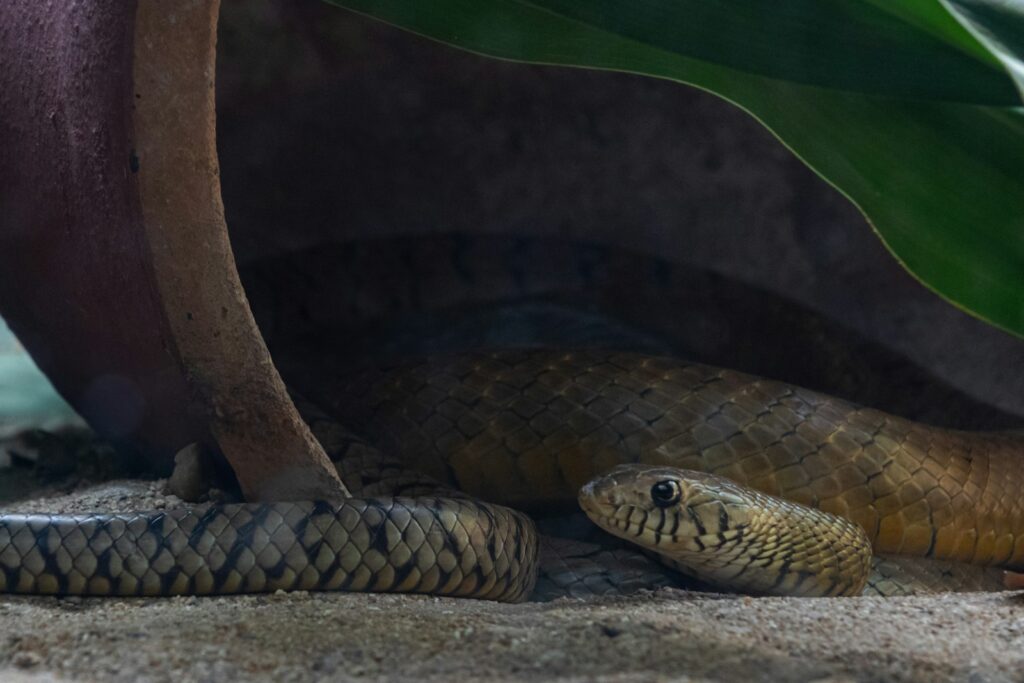
The tail-anchoring and burrowing activities of these specialized snakes create significant ecological impacts in their habitats. As these snakes tunnel through soil, they create channels that enhance soil aeration and water infiltration, similar to the effects of earthworms but on a larger scale. Their burrows often become microhabitats used by other organisms, from insects to small vertebrates, increasing local biodiversity. The predatory activities of burrowing snakes help control populations of subterranean prey species, particularly social insects and small burrowing mammals that might otherwise reach pest proportions. Additionally, their movement through soil layers assists in nutrient cycling, bringing minerals from deeper layers to more superficial ones. Research has shown that ecosystems with healthy populations of burrowing snakes often demonstrate improved soil quality and resilience to environmental stressors, underlining their importance as ecosystem engineers despite their secretive nature.
Conservation Challenges for Subterranean Specialists

Despite their remarkable adaptations, snakes that use their tails as underground anchors face significant conservation challenges in the modern world. Their specialized lifestyle makes them particularly vulnerable to habitat alteration, especially agricultural practices like deep plowing that can destroy burrow systems and directly injure these snakes. Many species have restricted ranges due to specific soil type requirements, making them vulnerable to local extinction when these limited habitats are disturbed. Additionally, their subterranean lifestyle means they’re often overlooked in conservation assessments, with population declines going unnoticed until species reach critical levels. Climate change poses another threat, as shifting rainfall patterns alter soil moisture levels that these specialists have adapted to over evolutionary time. Conservation efforts for these remarkable reptiles require increased research attention, habitat protection focused on soil integrity, and greater appreciation for their ecological significance despite their hidden existence.
The remarkable ability of certain snake species to use their tails as underground anchors represents one of nature’s most elegant solutions to the challenges of subterranean living. From the specialized shield-tailed snakes of South Asia to the sand boas of arid regions and the nearly cosmopolitan blind snakes, this adaptation has evolved independently multiple times, demonstrating its effectiveness as a survival strategy. These specialized tails enable efficient underground movement, effective predator avoidance, successful hunting, and precise positioning for optimal environmental conditions. As we continue to study these secretive reptiles, we gain not only a deeper appreciation for the diversity of snake adaptations but also important insights into evolution’s endless capacity for innovation. The next time you walk across soil harboring these hidden specialists, consider the remarkable engineering taking place beneath your feet, as snakes leverage their specialized tails to navigate life in darkness.

